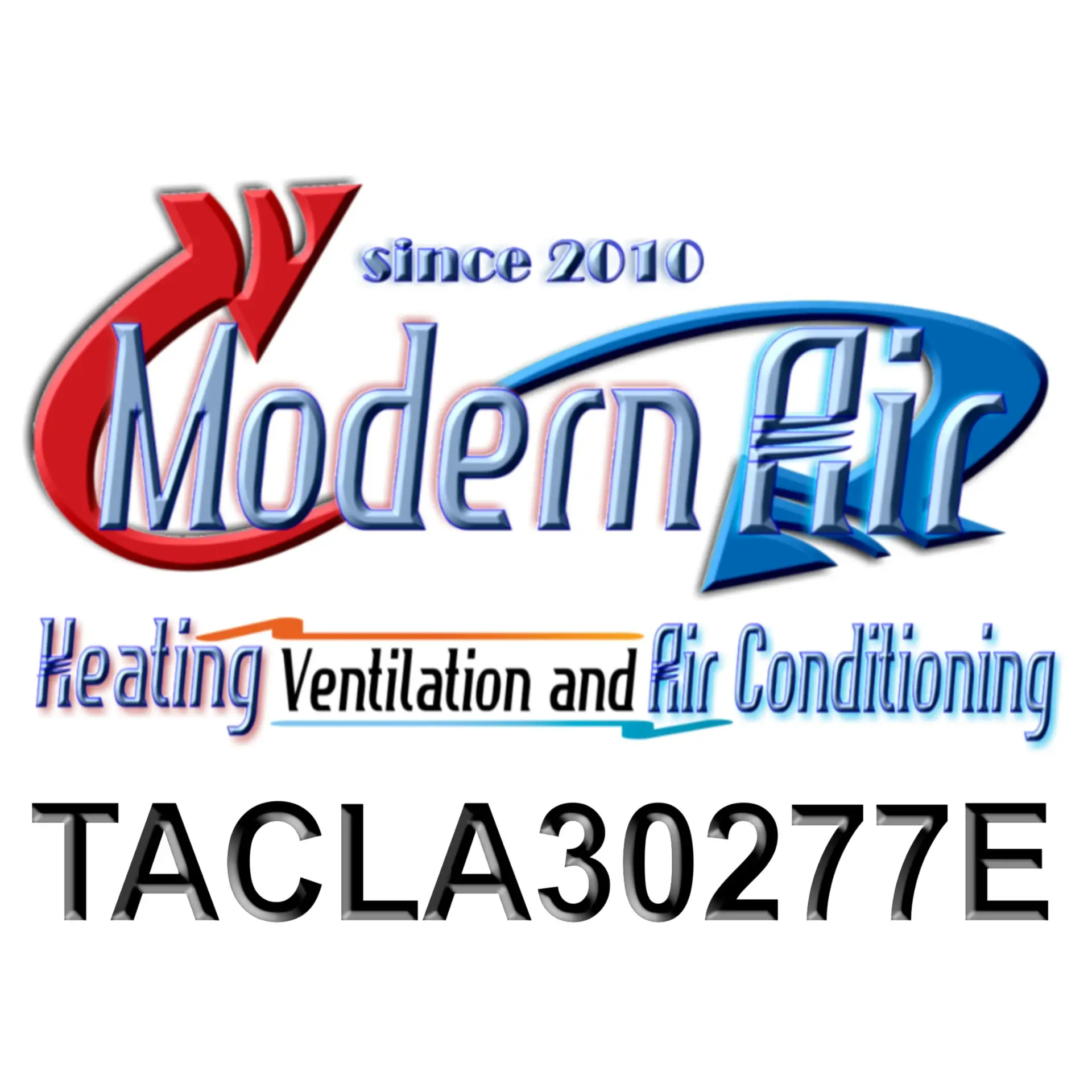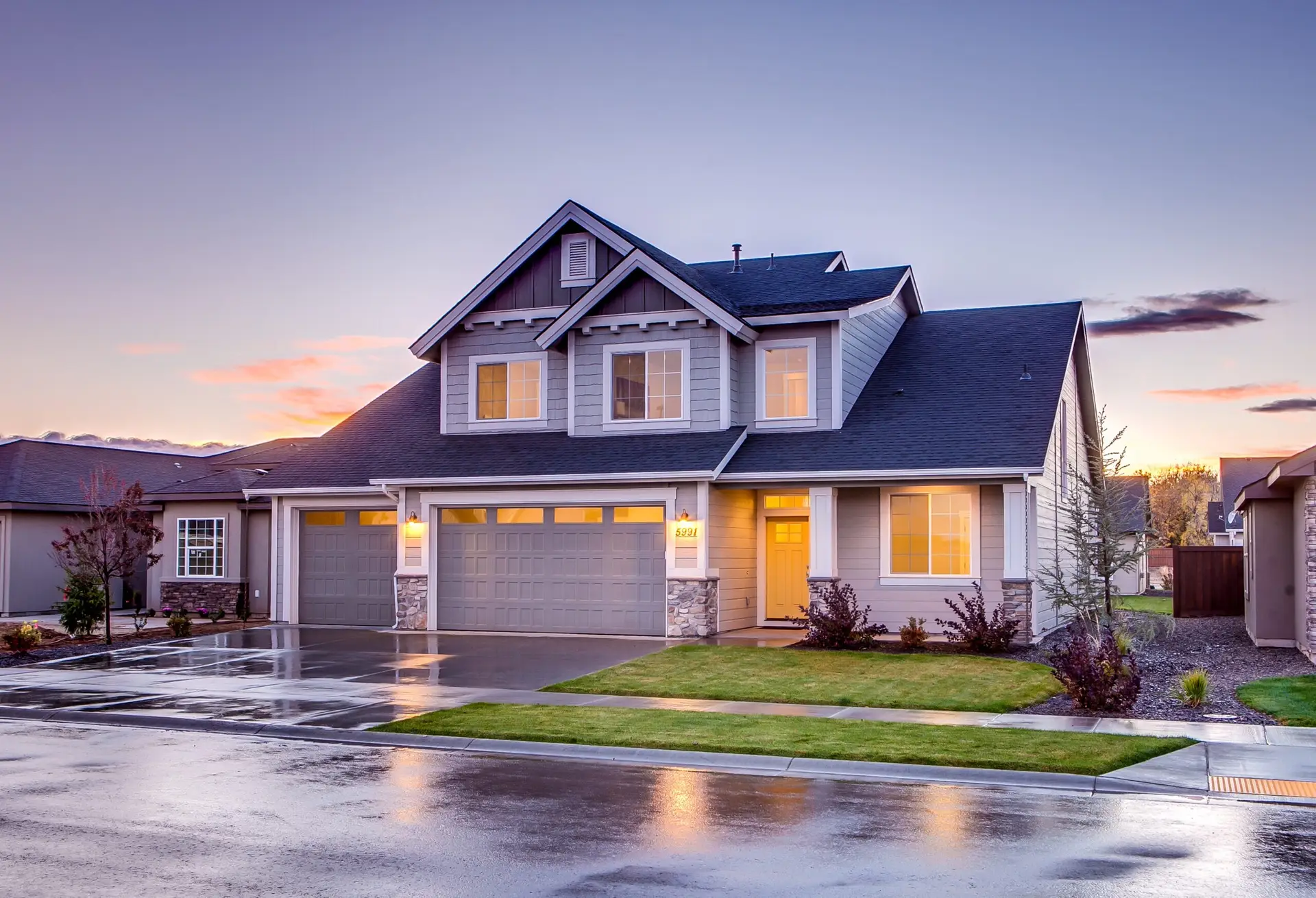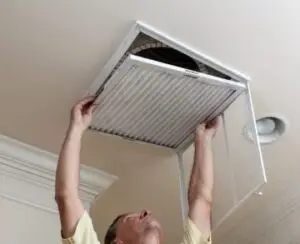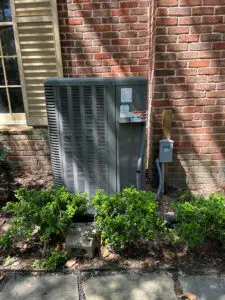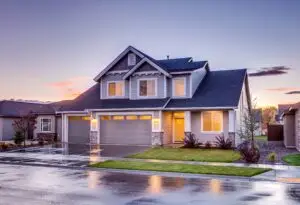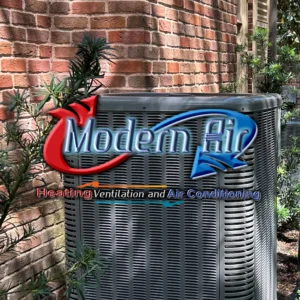What is 410A Refrigerant?
R-410A, commonly called 410A, is a hydrofluorocarbon (HFC) refrigerant in air conditioning systems. It replaced the older R-22 refrigerant, which was phased out due to its ozone-depleting properties. 410A became the standard for new AC systems because it is more environmentally friendly and efficient than its predecessor. New technology in the HVAC industry gives homeowners a safer and more efficient cooling choice. This will continue until the 410A transition in 2025.
However, despite its advantages over R-22, 410A has drawbacks. While it does not harm the ozone layer, its high Global Warming Potential (GWP) can greatly impact climate change if released into the air. The mix of benefits and drawbacks has led to ongoing research in refrigerants. This work aims to find more sustainable solutions.
Why the Transition?
Environmental concerns primarily drive the transition from 410A. Although 410A doesn’t deplete the ozone layer, it has a high Global Warming Potential (GWP). The HVAC industry is working to reduce greenhouse gas emissions. They are choosing more sustainable refrigerants that have a lower GWP. This change follows international agreements like the Kigali Amendment to the Montreal Protocol. It aims to reduce the production and use of HFCs worldwide.
Moreover, the environmental push is backed by increasing consumer demand for more sustainable products. Homeowners are becoming more conscious of their environmental footprint and are seeking systems that align with eco-friendly values. This trend is influencing manufacturers to innovate and offer products that meet both regulatory requirements and consumer expectations for sustainability.
What Homeowners Need to Know About the 410A Transition
Timeline for the 410A Phase-Out
The transition away from 410A won’t happen overnight. It’s part of a gradual phase-out plan that allows manufacturers, technicians, and homeowners to adapt. Industry guidelines say that the production and import of 410A will be cut starting in the mid-2020s. The 2030s expect a complete phase-out. This phased approach minimizes disruption and provides stakeholders ample time to adjust to the new standards.
During this transition period, new air conditioning systems are expected to progressively adopt alternative refrigerants. Homeowners looking to buy new units should stay updated on what is available. They should choose models that meet future rules and provide long-term value. This proactive approach can help avoid potential cost increases and availability issues as the phase-out progresses.
Impact on Existing Systems
If your home currently uses a 410A system, there’s no immediate need to panic. These systems can continue to operate and be serviced with existing 410A supplies for the foreseeable future. However, as the phase-out continues, the cost of 410A may go up. This is because it will be less available. This increase will make it more costly to keep older systems running. Homeowners should plan for possible increases in maintenance costs and consider buying a new system if their current one is getting old.
It is important to note that as technology changes, new systems provide environmental benefits and improve performance and efficiency. Switching to a system with a newer refrigerant can improve cooling, lower energy bills, and increase reliability. This makes it a good option for anyone considering long-term home cooling plans.
Considering Replacement Options
For homeowners looking to upgrade or replace their AC systems, it’s wise to consider units that use alternative refrigerants. Newer systems are made to be more efficient and better for the environment. They often use refrigerants like R-32 or R-454B, which have a much lower GWP than 410A. These alternatives offer a promising solution that balances performance with environmental responsibility.
Choosing the right replacement involves evaluating several factors, including potential systems’ efficiency, cost, and cooling capacity. Talking to a qualified HVAC professional can help homeowners make smart choices, ensuring their cooling needs match their environmental goals. Additionally, exploring options for financing or incentives can make the transition more accessible and cost-effective.
Benefits of Transitioning to New Refrigerants
Environmental Impact
Switching to refrigerants with lower GWP is a positive step towards reducing your home’s carbon footprint. By choosing a system that aligns with these environmental goals, you contribute to global efforts to combat climate change. This change helps the environment. It shows a commitment to sustainability. This can make environmentally conscious homeowners feel proud.
Furthermore, by adopting eco-friendly technologies, homeowners can set an example for their community, encouraging others to follow suit. As more people switch, the impact on reducing greenhouse gas emissions can be significant. This change helps create a healthier planet for future generations.
Improved Efficiency
New refrigerants often come with improved system designs that enhance energy efficiency. Upgrading to a modern unit helps the environment and can lower energy bills. This leads to long-term savings. The efficiency gains can be particularly noticeable during peak cooling months, where energy consumption typically spikes.
In addition to cost savings, improved efficiency means that systems can maintain desired temperatures more consistently, enhancing overall comfort. This reliability is very important in areas with extreme temperatures. Keeping a stable indoor environment is key for safety and well-being.
Enhanced Performance
Refrigerants like R-32 offer better heat transfer properties, which can improve the overall performance of your air conditioning system. This means quicker cooling, more consistent temperatures, and greater comfort in your home. Better performance can also mean quieter operation. Systems work more efficiently and need less effort to reach the right cooling levels.
Better refrigerants can help HVAC parts last longer. They reduce wear and tear, which means fewer repairs, AC tune-ups, and replacements. This durability saves money over time and reduces the environmental impact of manufacturing and disposing of HVAC components.
Navigating the Transition: Practical Steps for Homeowners
Schedule a System Evaluation
You can consult with a certified HVAC professional to evaluate your current system. They can give you information about your unit's condition. They will also suggest if you should keep your current system or think about upgrading. A thorough evaluation can identify potential issues before they escalate, ensuring your system operates efficiently and reliably.
Regular maintenance checks can help your system last longer. They also improve its performance until you are ready to switch. By being proactive, you can prevent unexpected breakdowns. This helps you decide when to invest in a new system.
Explore Financing and Incentives
Many regions offer incentives and financing options for homeowners who choose to install energy-efficient systems. Research available programs that can help offset the cost of transitioning to a new system. These incentives can make the change more affordable. They also give homeowners a financial cushion. This helps them choose eco-friendly options.
Additionally, some utility companies offer rebates or special rates for homes with high-efficiency systems. Using these programs can help lower the cost of upgrading your HVAC system. This makes it a better choice for homeowners on a budget.
Stay Informed
Keep up-to-date with industry news and developments related to the 410A phase-out. This will ensure you are prepared for any changes and can make informed decisions about your home’s cooling system. Subscribing to industry newsletters or following relevant news sources can provide valuable insights into evolving regulations and technologies.
Being informed also means understanding the performance and cost implications of different refrigerants and system options. This knowledge helps homeowners ask the right questions. It also allows them to make choices that fit their needs and sustainability goals.
Frequently Asked Questions
Will I Need to Replace My AC System Immediately?
No, there’s no immediate requirement to replace your 410A system. However, planning for a future upgrade can help avoid potential costs and issues as the phase-out progresses. By starting the planning process early, you can spread the cost over time, making the transition more manageable.
Planning early helps you take advantage of available incentives. It also gives you enough time to research and choose the best system for your home. This proactive approach reduces the likelihood of being caught off guard by sudden changes in availability or pricing.
What Happens if I Continue Using 410A?
You can continue using 410A in your existing system. However, as supplies dwindle, servicing and maintaining these units may become more expensive. When budgeting for future home expenses, it’s wise to factor in potential cost increases.
Additionally, as older systems age, they may become less efficient, leading to higher energy bills and more frequent repairs. Evaluating whether to keep an old system or upgrade to a new one is important. This can help homeowners make better financial decisions.
Are New Refrigerants Safe?
Yes, new refrigerants are designed to be safe and efficient. Manufacturers rigorously test these alternatives to ensure they meet industry standards and safety regulations. These testing protocols are comprehensive, covering aspects such as flammability, toxicity, and environmental impact.
Homeowners can switch to new refrigerants with confidence. These products are made to cool well without risking health or safety. This assurance is crucial for building trust in new technologies and encouraging widespread adoption.
Conclusion
The transition away from 410A refrigerant marks a significant shift in the HVAC industry aimed at reducing environmental impact. Knowing this change and what it means as a homeowner can help you make smart choices about your air conditioning system. There is no urgent need for big changes. Staying informed is important. Regular check-ups for your heating and air conditioning can help. This will keep your home comfortable and efficient for many years.
By taking steps now, you can get ready for changes ahead. This will help you keep a comfortable and energy-efficient home. Accepting this change helps your home and supports global efforts for a more sustainable future. As the industry changes, joining this shift can improve home performance. It can also save money and lower your carbon footprint. This makes it a valuable effort for every homeowner. Contact Modern Air of Katy for fast reliable HVAC service in Katy and the surrounding West Houston areas.
